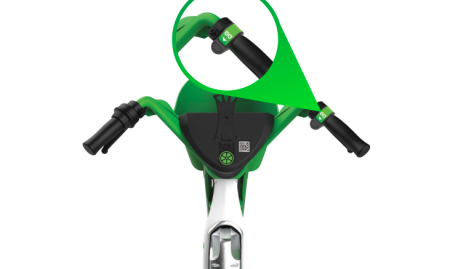A team of researchers, including those at the University of Washington, recently conducted a search of astronomical data archives and identified 27,500 new, high-confidence asteroid discovery candidates using a program called THOR, developed by the Asteroid Institute in partnership with UW’s DiRAC Institute and Google Cloud. This program analyzes the movement of points of light observed in the sky and links them together in ways consistent with orbital paths. The project involved analyzing 5.4 billion observations drawn from the NOIRLab Source Catalog Data Release 2.
The majority of the newly identified asteroid discovery candidates are located in the main asteroid belt between Mars and Jupiter, but there are also over 100 apparent near-Earth asteroids in the mix. The discovery of these candidates represents a significant addition to the minor-planet database once they are confirmed. The ultimate goal of the Asteroid Institute is to establish an observational system that can identify potentially hazardous near-Earth objects well in advance of any potential impact. Confirming the validity of these detections can be a lengthy process, but the institute is exploring the use of Google’s artificial intelligence tools to streamline this process.
The utilization of cloud-based algorithms such as THOR in conjunction with Google Cloud is an exciting advancement in the field of asteroid discovery, as it represents a novel use of technology to make astronomical discoveries. Ed Lu, executive director of the Asteroid Institute, expressed his enthusiasm for this innovative approach, highlighting the use of electrons in data centers alongside traditional telescope observations. This collaborative effort between research institutions and technology companies has contributed to expanding our understanding of the solar system and identifying potential threats to Earth.
The discovery of these new asteroid candidates also has implications for future astronomical endeavors, such as the Vera C. Rubin Observatory in Chile, which is set to begin science operations in 2025. The results from the Asteroid Institute’s research may provide valuable insights for optimizing the observatory’s observing strategy and enhancing certain science programs. Zeljko Ivezic, a UW astronomer and the observatory’s construction project director, noted the potential benefits of incorporating the Institute’s findings into the observatory’s operations, likening it to the equivalent of cloning another Rubin Observatory.
As the flow of data from astronomical observations continues to increase, advancements in technology and data analysis will be crucial for efficiently processing and interpreting this wealth of information. The collaboration between research institutions, such as the Asteroid Institute and UW’s DiRAC Institute, with technology companies like Google Cloud, demonstrates the value of combining expertise in astronomy, data science, and technology to unlock new discoveries in the field of asteroid research. This innovative approach holds promise for enhancing our ability to detect and track asteroids to better protect Earth from potential impacts.















